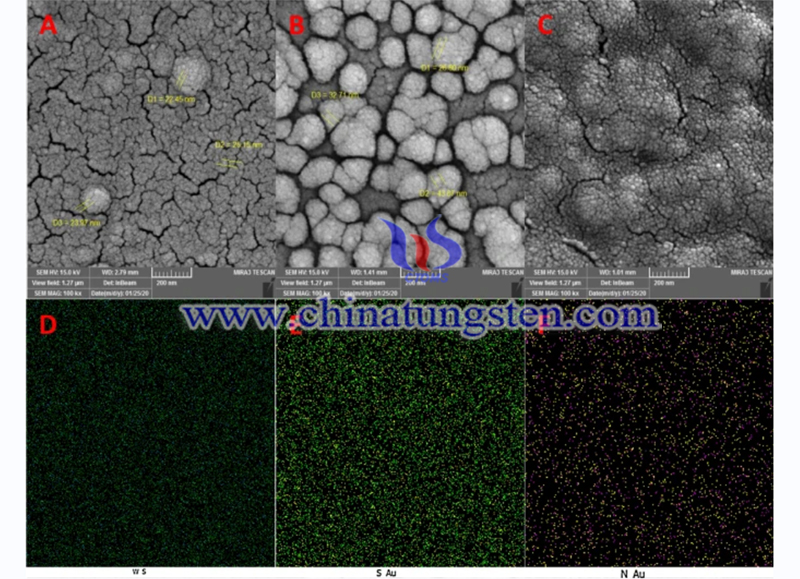Application of Tungsten Disulfide Nanomaterials in Bioimaging and Radiotherapy
- Details
- Category: Tungsten Information
- Published on Tuesday, 16 August 2022 22:41
The high atomic number and near-infrared absorption of tungsten disulfide quantum dots (WS2-QDs) (3 nm and 28 nm) of tungsten disulfide nanomaterials enable their synthesis as enhancers for X-ray computed tomography (CT)/photoacoustic imaging (PA), boosting their applications in bioimaging and radiotherapy.

(Picture Source: Pourakbari et al./Cancer Nanotechnology)
Nanoparticle research has gained momentum in recent years by virtue of the unexpected outcomes that are possible by altering the atomic and molecular properties of basic elements. Tungsten disulfide nanoparticles (WS2) are partially soluble in water and acidic solutions. It occurs in nature in the form of a mineral called tungstenite. These nanoparticles are the principal component of catalysts that are used for hydrodenitrification.
Nanomaterials show great potential for bioimaging. Designing new nanomaterials for non-invasive monitoring is an attractive area in nanomedicine. Researchers designed MPDA WS2@MnO2 for CT/MSOT (multispectral photoacoustic tomography)/MR imaging modality. The polydopamine (PDA)-WS2@manganese dioxide (MnO2) nanocomposite has good biocompatibility and photothermal stability. The manganese dioxide (MnO2)-based nanostructures produce Mn2+ ions, leading to pH/H2O2-responsive activation of T1-weighted MR signals.
Radiotherapy is one of the methods used to fight cancer, and photothermal therapy (PTT) is a subset of radiation therapy in which a photosensitizer material is used to convert light into heat and ablate cancer cells. In this approach, a specific range of wavelengths known as near-infrared (NIR) radiation is applied to the PTT agent.2019 Lellouche et al. used tungsten disulfide (WS2) nanocomposites as PTT agents.

(Picture Source: Pourakbari et al./Cancer Nanotechnology)
WS2 nanocomposites were functionalized by cerium nitrate-magnetite (CAN mag) nanoparticles for three reasons: (1) enhancement of the magnetization properties of WS2-NT, (2) ability to functionalization with polymers such as polyethyleneimine (PEI), polyacrylic acid (PAA) and other molecules to increase therapeutic activity, and (3) reduction of WS2-NT aggregation.
Cited article: Niknam S., Ahmad Dehdast S., Pourdakan O., Shabani M., Kazem Koohi M. Tungsten Disulfide Nanomaterials (WS2NM) Application in Biosensors and Nanomedicine, A review. Nanomed Res J, 2022; 7(3): 214-226. DOI: 10.22034/nmrj.2022.03.001
- Tungsten Manufacturer & Supplier, Chinatungsten Online: www.chinatungsten.com
- Tungsten News & Prices of China Tungsten Industry Association: www.ctia.com.cn
- Molybdenum News & Price: news.molybdenum.com.cn
- Tel.: 86 592 5129696; Fax: 86 592 5129797; Email: sales@chinatungsten.com



 sales@chinatungsten.com
sales@chinatungsten.com